Creative, Arts-Based, and Visual Methods for December 2022
Research Goes Beyond Words!
We have spent the month of November focused on words, as part of Academic Writing Month. While committing words to paper is essential, research can involve forms that go beyond words. As multimodal researcher Günter Kress (2003) observed: “The world told is a different world to the world shown.” In December 2022 our focus is on creative, arts-based, and visual methods for both qualitative and quantitative research. We will explore a full range of styles, from collecting existing film or video, photographs, artwork, graphics, or artifacts to generating of visual or creative responses with participants.
You will hear from researchers who are using a variety of emerging approaches. We will feature SAGE authors Gillian Rose, author of a new edition of Visual Methodologies, and Anne Nassauer and Nicolas M. Legewie, co-authors of Video Data Analysis.
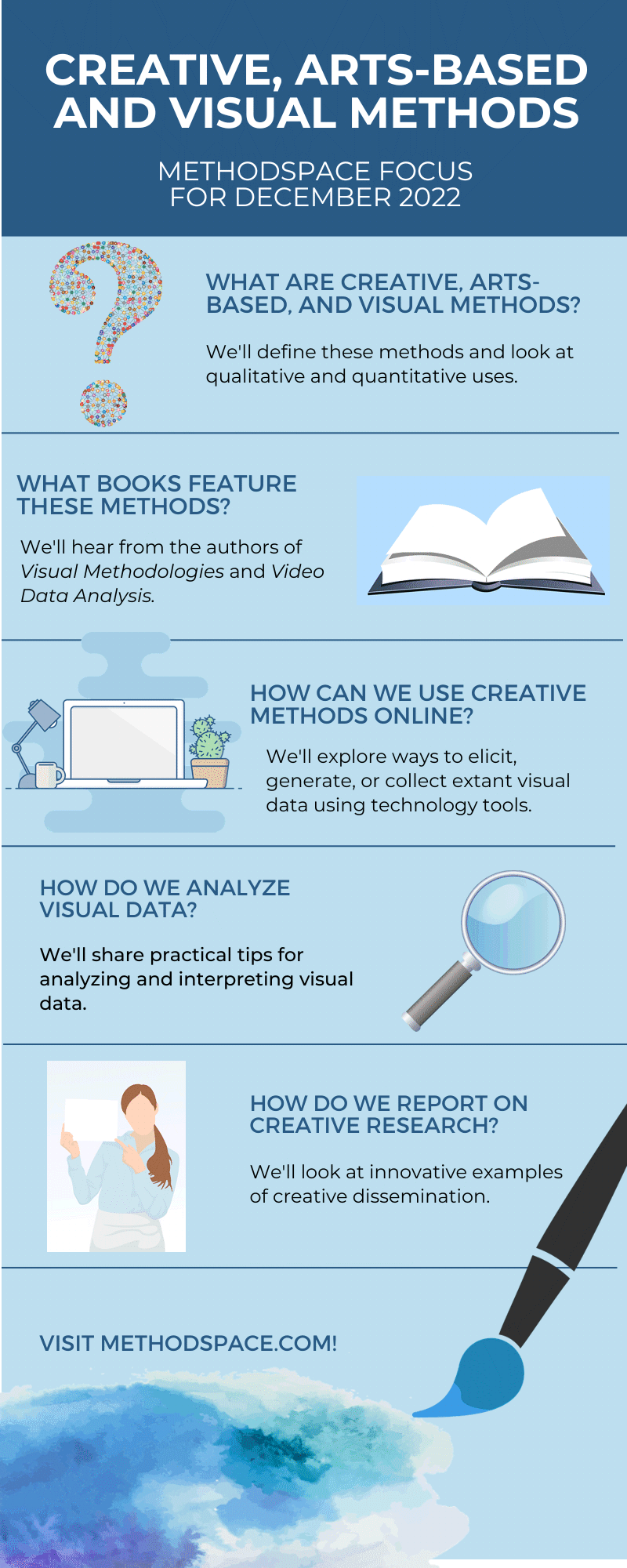
Typically, interviewers are accustomed to using words: we ask questions, we prompt follow-up responses, but the same principles of visual communication are true for research exchanges. Find tips and examples in this post.
What if we didn’t have to go fast to do our academic work and research? What if we could embrace the spaces and places around us to slow down? What could that mean for us personally, professionally, and in how we relate to social justice and ecological issues?
Video capture is ubiquitous. What does it mean for researchers, and how can we analyze such data?
How can you study digital culture and activism? Watch this interview with Dr. Lyndon Wray.
Look at the choices of video methods made by authors of four research articles.
How do we understand and interpret visual or video data? See these open-access articles for ideas and examples.
Find a collection of open-access articles about analyzing and interpreting photos generated by participants using photovoice mmethods.
How do you analyze data in photovoice studies? Jean M. Breny, Shannon L. McMorrow offer an introduction.
The baby crying next door. Chaotic street life that permeates the apartment. Music. The tone of voices in the interview recording. Whether intentional or not, sometimes important data can be heard. How do we analyze and interpret aural data? These open-access articles offer some examples.
Charles Vanover, Paul Mihas, and Johnny Saldaña discuss their excellent book in this lively video interview.
Find open-access instructional materials from the course: Data Visualisation in Political Psychology at The University of Sheffield.
To learn more about the varied ways to collect, elicit, or generate data with creative and visual methods, consult these sources.
In this interview Gillian Rose and Janet Salmons discuss visual methodologies and methods, and the fifth edition of Rose’s important book, Visual Methodologies: An Introduction to Researching with Visual Materials.
Images or other creative expressions generated by participants can offer rich sources of data. What are the ethical issues in such studies, and how can we navigate them? Find examples and guidance in this collection of open-access articles.
Listen to Suzanne Culshaw and Suzanne Albary discuss visual methods in research.
Not all research involves words or numbers. Creative, visual, and arts-based methods are being used in new ways, in many fields of study. Find open-access examples in this post.
In this post Dr. Qamar discusses the use and interpretation of photographic data.
In this post, Sara Johnson reflects on the role of multimodality in student storytelling as it emerges in her work and her research into that work.
Dr. Eichsteller and Dr. Howard Davis, co-authors of Biographical Research Methods, discuss varied ways to use these approaches.
In this interview Daria Khanolainen explains how she used graphic vignettes to study school bullying, and the usefulness of this approach for studying sensitive issues.
Dig into participants' stories with biographical and life history interviews.
Welcome to December 2022 and a focus on creative, visual, and arts-based methods!
Listen to a conversation about online methods with Dr. Suzanne Albray, host of the DoBetterResearch podcast series, and Dr. Janet Salmons, Research Community Manager for Methodspace.
Ethical research practice does not stop with the conclusion of the study. Importantly, ethical research practice comes to fruition in academic writing.
Image credit: Pixabay


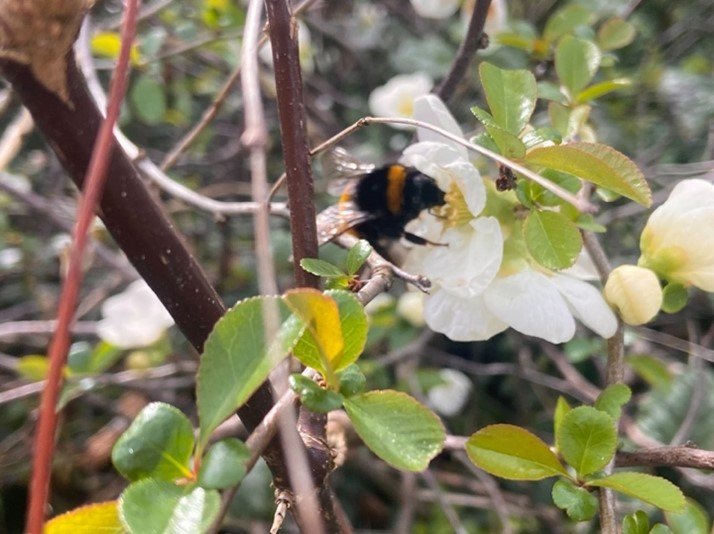
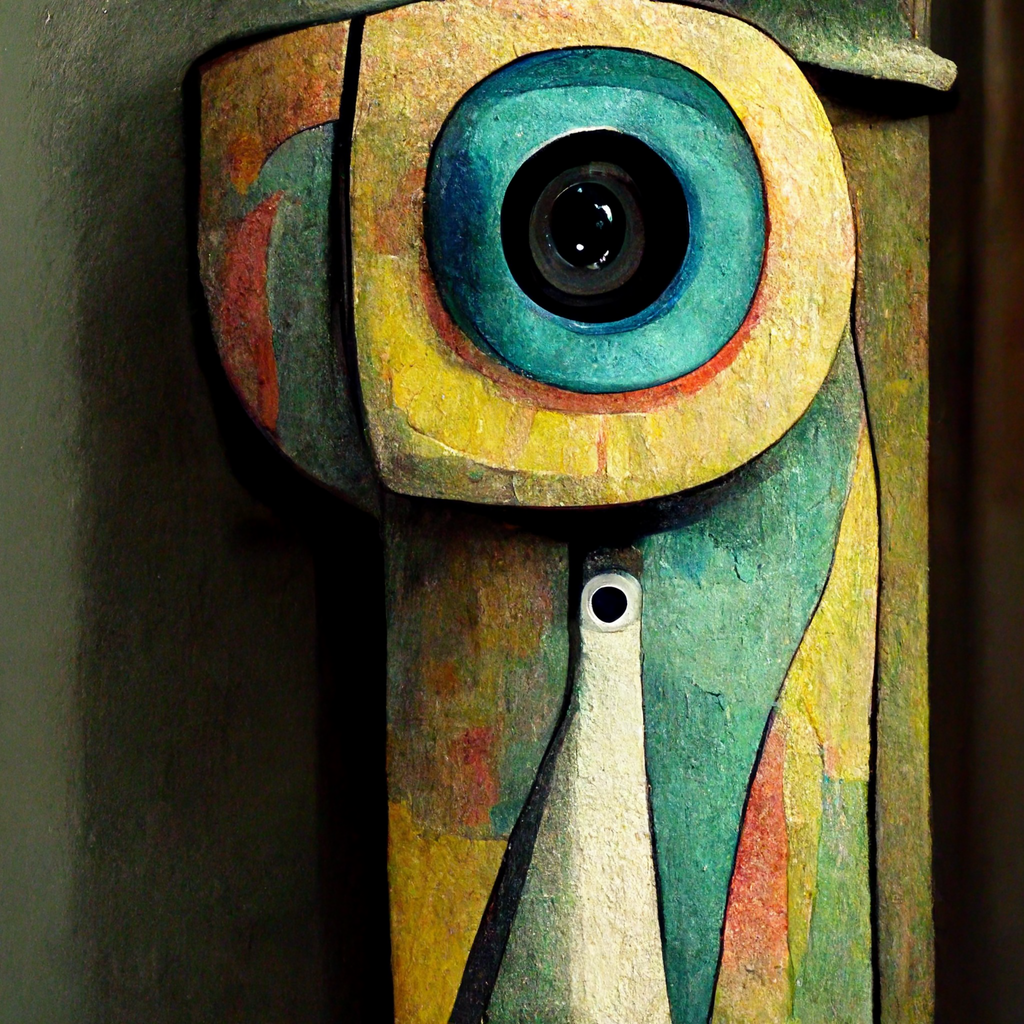










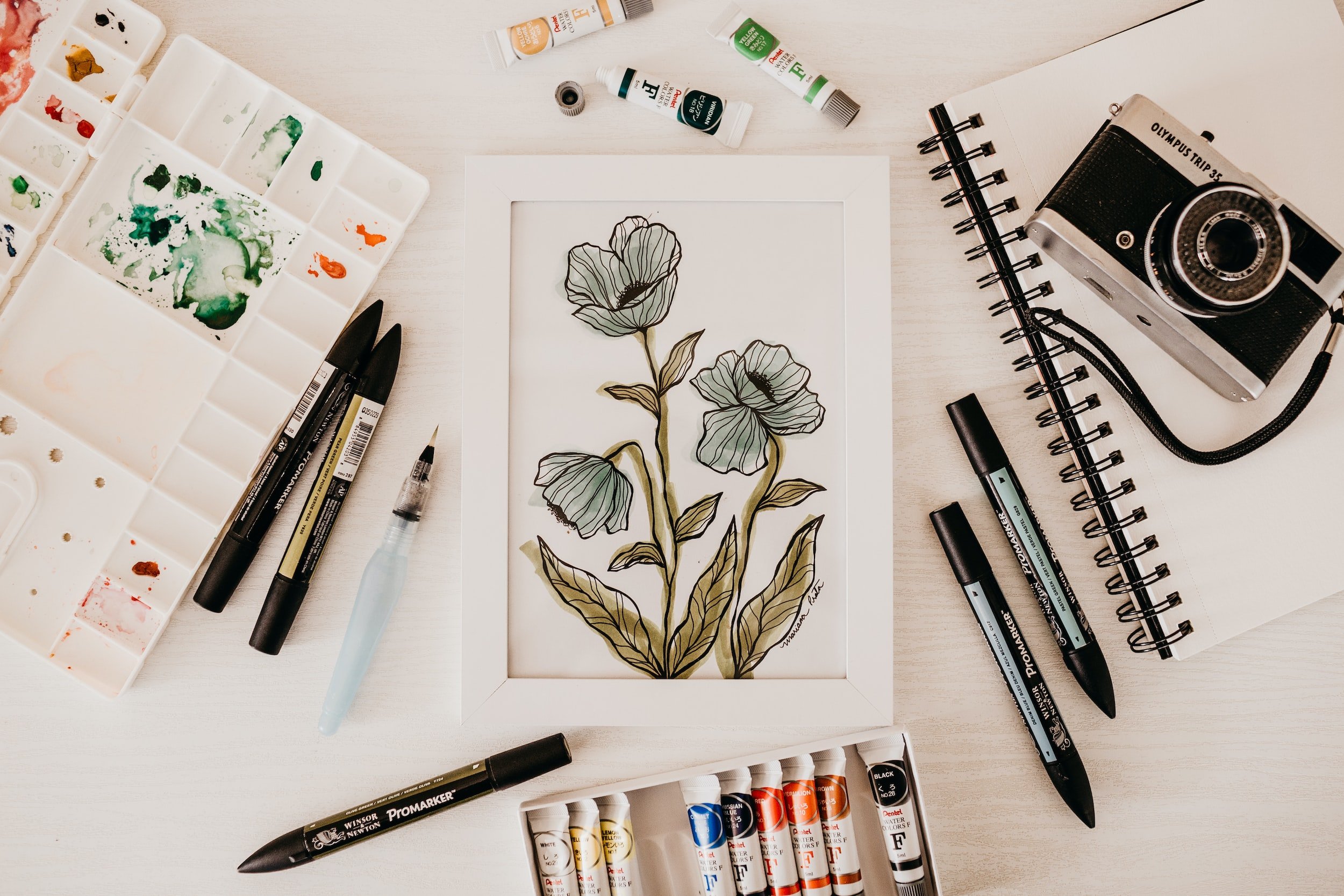



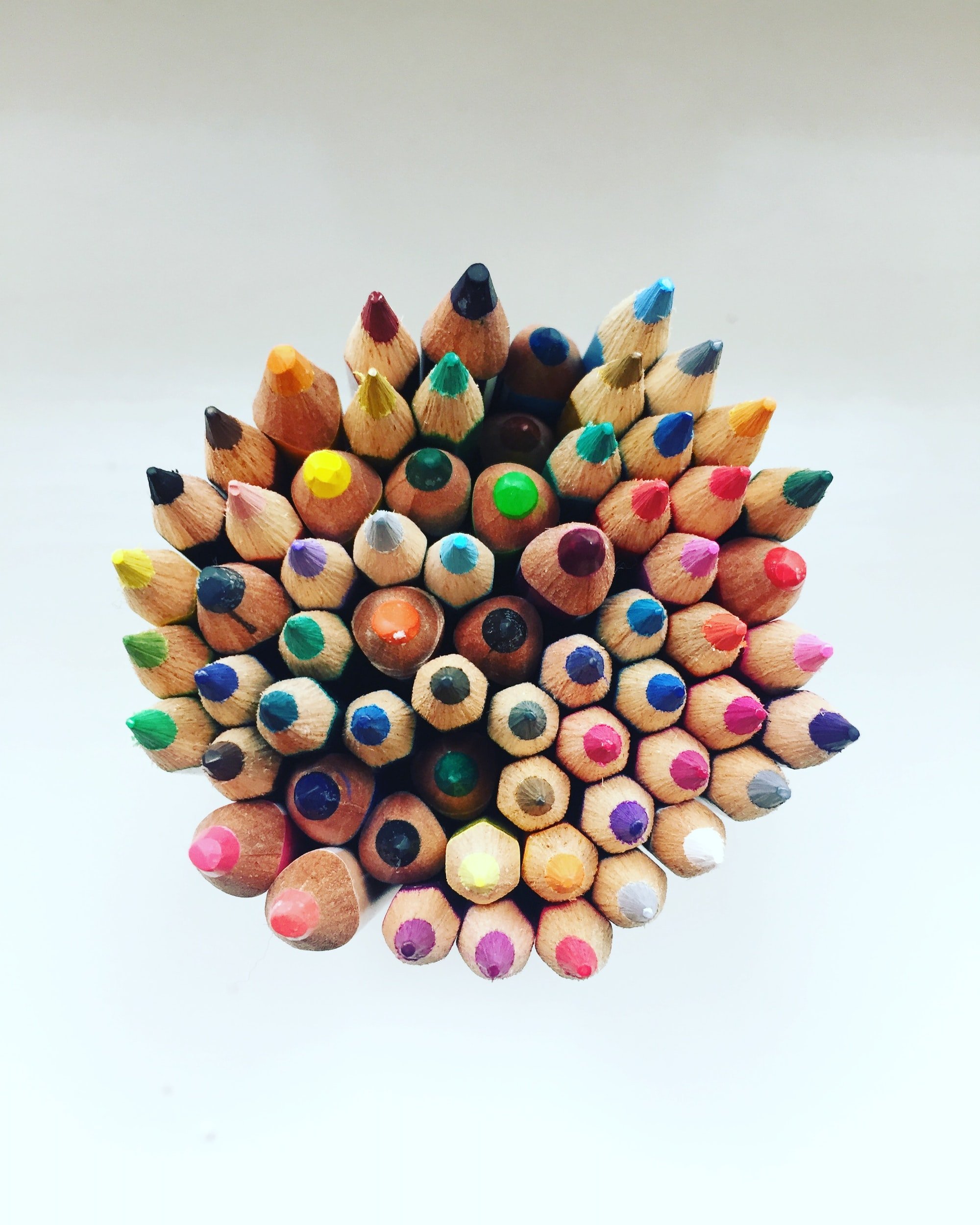






Sometimes taking a break from the keyboard to write by hand unleashes creativity.